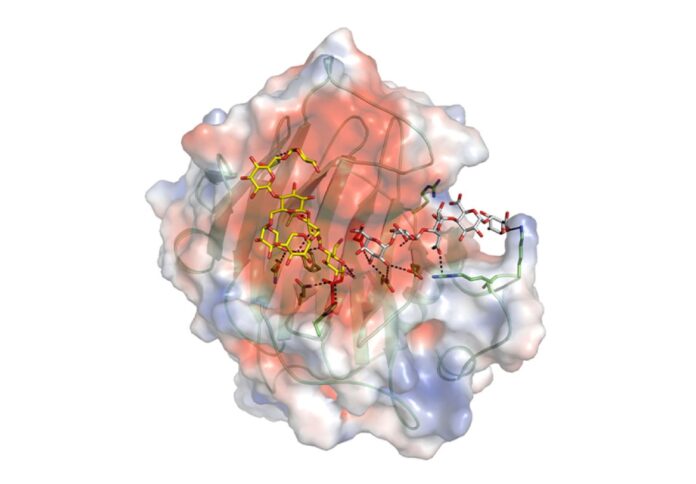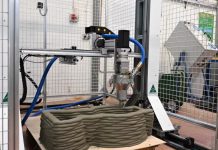
Researchers are one step closer towards converting plant material into biofuels with a newly discovered method of optimising plant enzymes through bioengineering.
The study, led by the University of Adelaide and published in the Plant Journal, presented innovative ideas for how the walls of plant cells can be assembled, structured, and remodelled by controlling specific enzymes’ catalytic function.
Researchers used a process called “xyloglucan xyloglucosyl transferases” to better understand how specific enzymes link diverse polysaccharides to form structural components of plant cell walls.
“This work contributes to the essential knowledge of how xyloglucan xyloglucosyl transferases can be understood and their fundamental properties controlled – for example, to improve their catalytic rates and stability,” said Professor Maria Hrmova, head of the project.
In order to convert plant material into biofuels, plant cell walls need to be deconstructed and the resultant materials chemically processed. Once cell walls are made less rigid, biofuel production can be more efficient and cost-effective.
The finding also has applications for the pharmaceutical industry, where enzymes are sought as environmentally, according to a media release from the University of Adelaide.
“Although the definition of the catalytic function of xyloglucan xyloglucosyl transferases has significantly progressed during the past 15 years, there are limitations, and still a lack of information, in how this knowledge can be organically implemented in the functionality of plant cell walls,” Professor Hrmova said.
Conducted with an international, multidisciplinary team of researchers from the Institute of Chemistry of the Slovak Academy of Sciences and the Huaiyin Normal University in China, the study builds upon 60 years of xyloglucan and biochemical research.
The team used sensitive high-performance liquid chromatography with fluorescent reagents to monitor complex biochemical reactions of polysaccharides in an efficient way and 3D molecular modelling and dynamics simulations to gain insights into the mode of action of the enzymes on fast time scales.




















